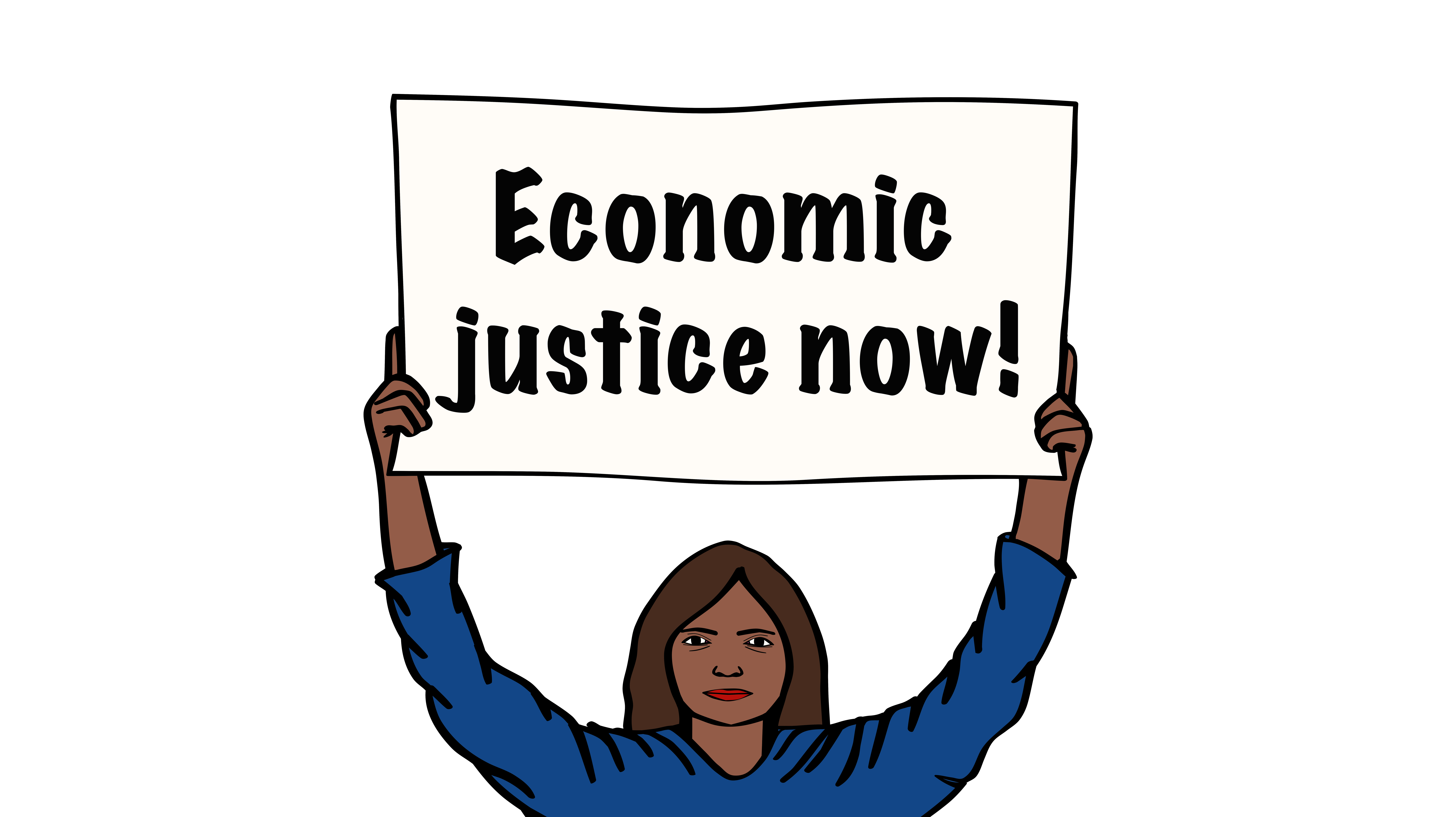The Philippines is a lower-middle-income country with a GDP of around US$400 billion. Remittances play a major role in the economy, with the World Bank estimating that the Philippines received around US$40 billion from this source in 2023 alone – surpassed only by India, Mexico and China.
The Covid-19 pandemic had major impacts on the Philippines, including on the country’s debt situation. Meanwhile, the level of domestic tax revenues is heavily impacted by illicit financial flows and a revenue-eroding tax reform.
For more information see the summary report.

